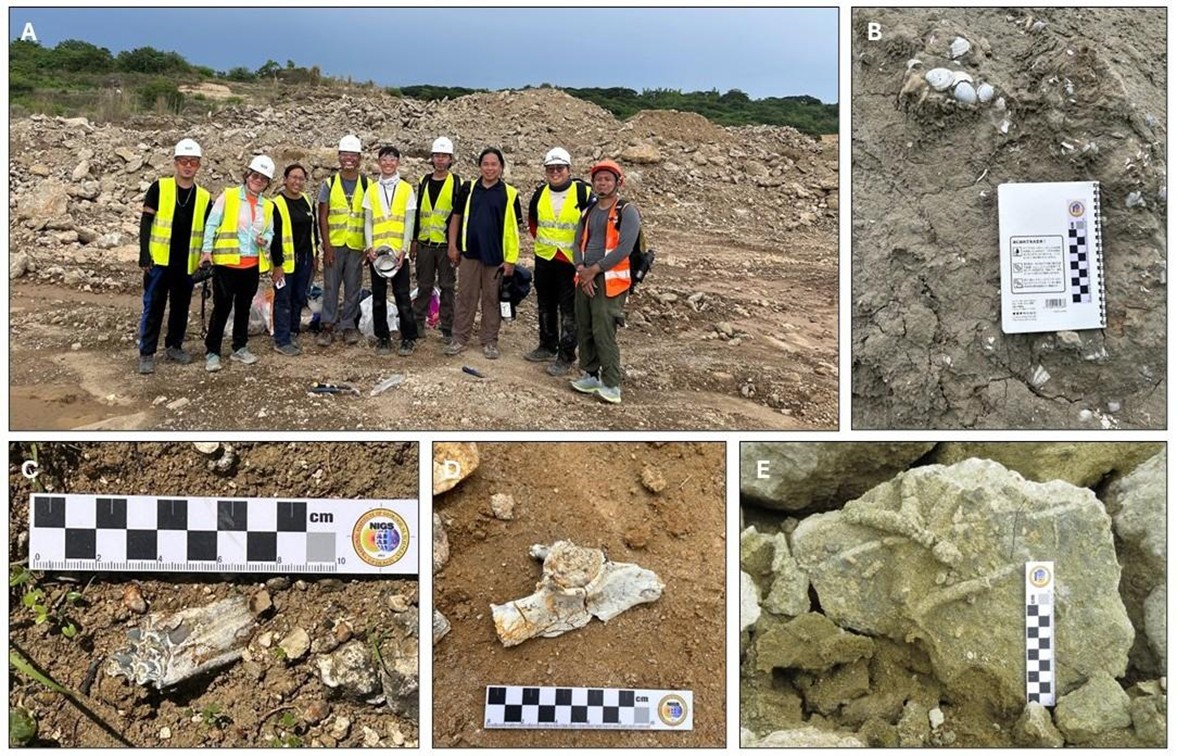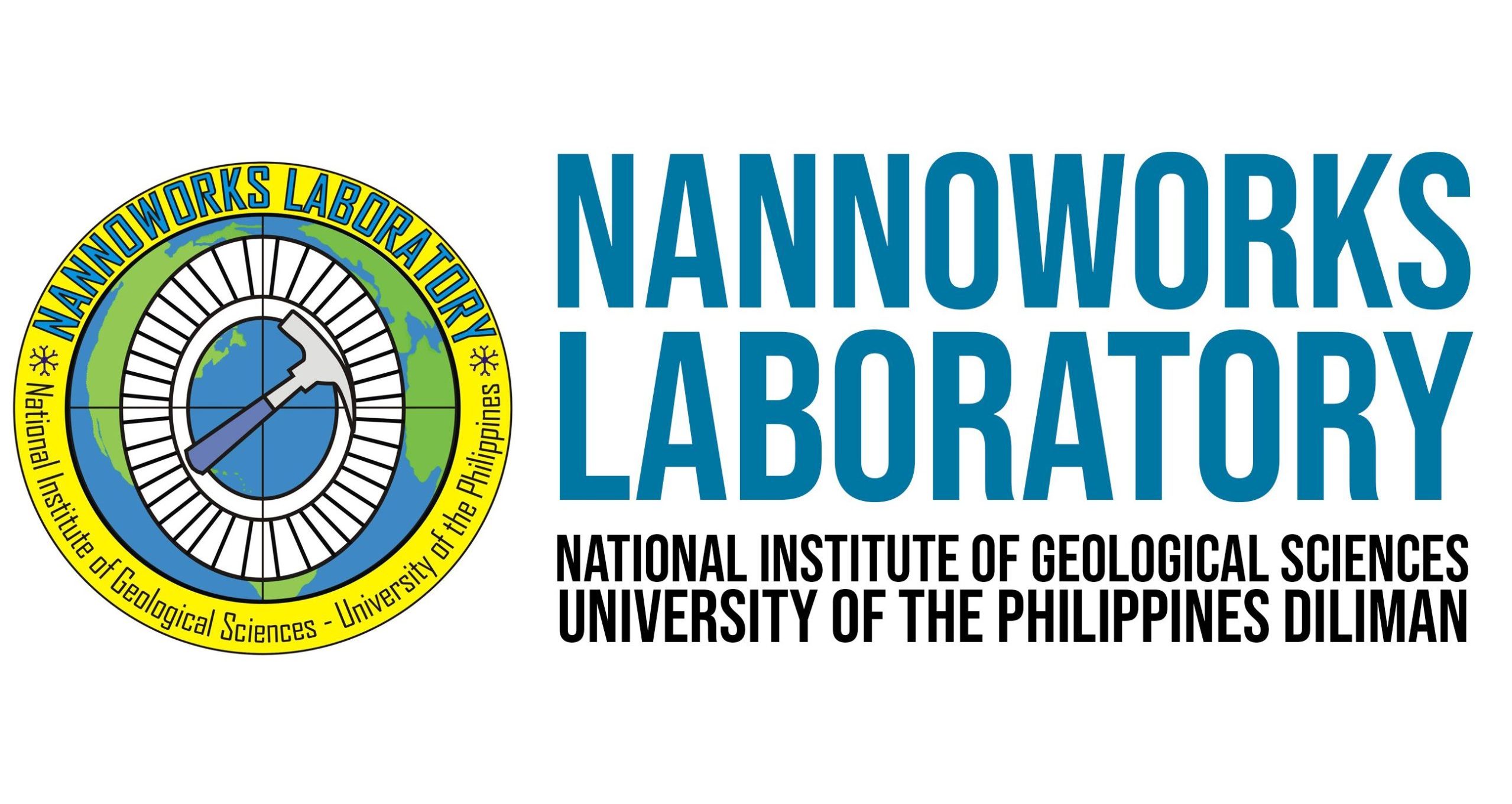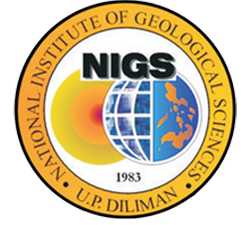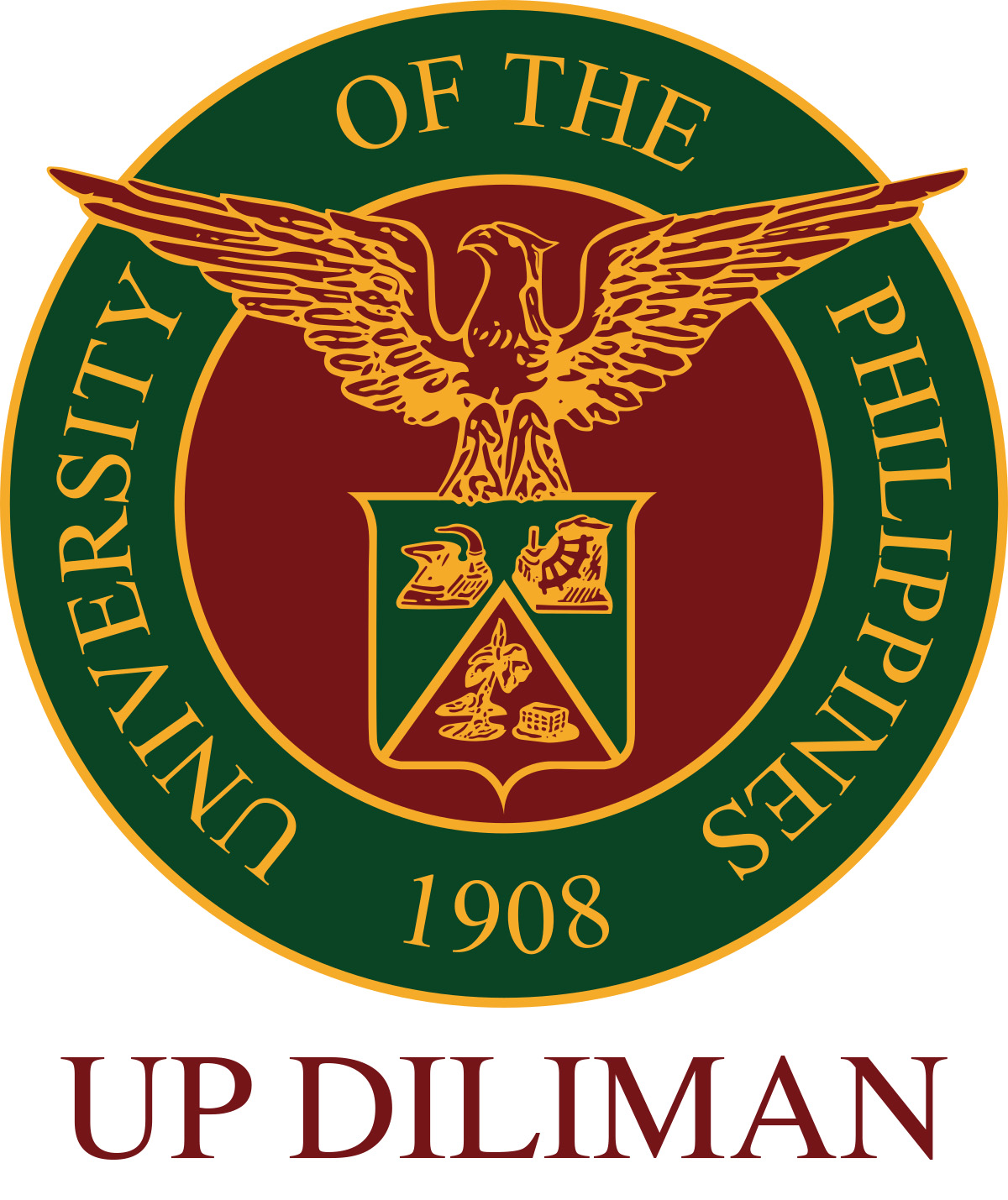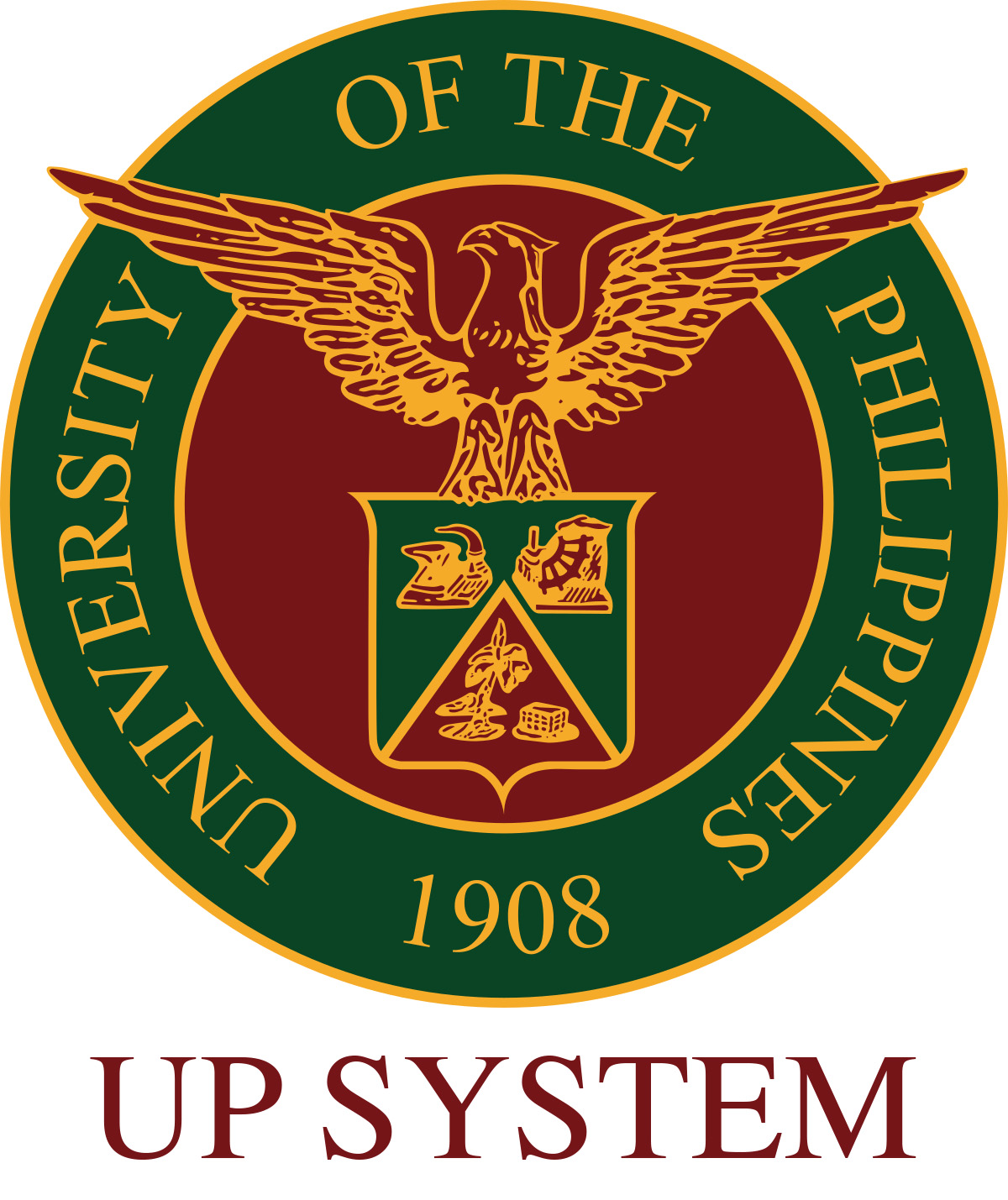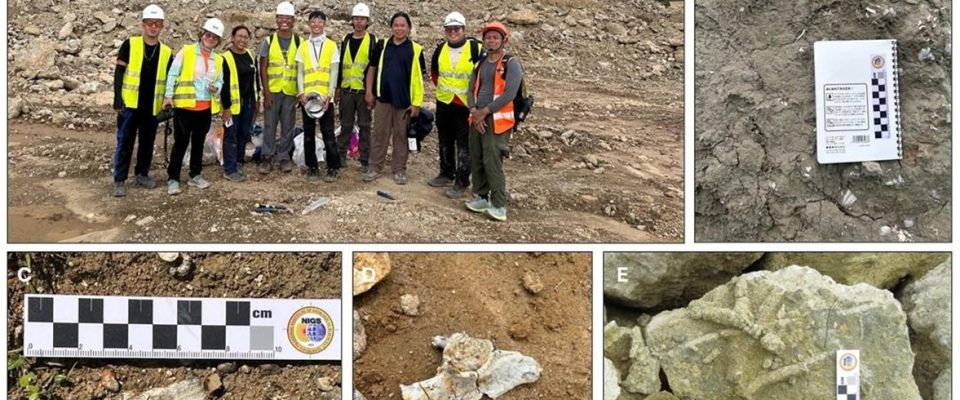by Nathan Raphael Marquez (4th year BS Geology Student, Nannoworks Laboratory)
Last June 14-17, 2025, the Nannoworks Laboratory, consisting of Dr. Allan Gil Fernando, Meyrick Tablizo, Miguel Joven Villanueva, Joeven Austine Calvelo, Nathan Raphael Marquez, and John Dominique Pagay conducted a fieldwork in the province of La Union to collect body fossils and ichnofossils from various identified fossil sites. Also participating in the fieldwork were members of the National Museum of Natural History of the Philippines (Geology and Paleontology Division) – Abigael Castro, Chatty Go, and Lemuel Fernandez, who joined the activity to collect fossil and rock samples for the National Museum’s new branch in Magsingal, Ilocos Sur.
The group visited outcrops of the Late Pliocene Cataguintingan Formation in the Municipalities of Agoo and Bauang. This formation is known for its abundant shallow marine fossils, particularly mollusc shells. The group was able to collect fossil molluscs from an outcrop located inside the Forest Lake Cemetery in Bauang, including several specimens of fossilized crabs. These crab fossils could potentially represent undescribed species given the scarcity of fossil crustacean studies in the Philippines. The laboratory is collaborating with Dr. Hiroaki Karasawa of the Mizunami Fossil Museum in Japan for the identification of the specimens.
In the City of San Fernando, the group visited several outcrops of the Late Miocene to Early Pliocene Amlang Formation. The formation consists of deep-sea turbidite deposits that illustrate a diversity of lithology, sedimentary structures and ichnofossils. The latter include the ichnogenera Rhizocorallium, which are horizontal U-shaped burrows that represent activities related to animal activities related to scouring the sediments for food. Abundant planktonic foraminifera, such as the genus Orbulina, were also observed in the mudstone layers of the outcrops.
The final two days of the fieldwork were conducted inside the quarry site of the Helix Mining and Development Corporation (HMDC) in Bacnotan. This quarry contains exposed portions of a paleochannel deposit above the Pleistocene Bacnotan Limestone. Since the first discovery of the first vertebrate remains in the quarry in 1999 by AGS Fernando, fossil remains from a number of vertebrates have been collected from the site: bovid (Bubalus), cervid (Rusa), suid (Sus), crocodile, turtles, and fish. The visit to the quarry by the Nannoworks Laboratory aims to collect additional fossil specimens and to familiarize the students who will study then with the site. Miguel Villanueva will study the taxonomy of the bovid and cervid fossils for his MS Thesis. Nathan Marquez, on the other hand, will conduct dental mesowear analyses of the bovid and cervid tooth fossils for his BS Thesis to determine their diets and, thus, interpret the paleoecology and paleoenvironment during the Pleistocene in La Union.
Fossils collected by the group during the June 2025 fieldwork include a deer vertebra, a hipbone of a dog-sized animal, a deer antler, and a bovid tooth. These fossils are now stored at the Sedimentology Laboratory where they are being cleaned and prepared for accessioning. Large Thalassinoides ichnofossils were collected from the quarry to be displayed at the National Museum of the Philippines and the NIGS-UPGAA Museum.
Overall, the fieldwork was a success, yielding several notable fossils despite the limited time. These results highlight the rich fossil potential of La Union’s geologic formations, which continue to support studies like this and the 2023 Geology 215 (Advanced Field Geology) fieldwork led by Dr. Fernando, where Mr. Tablizo participated. The province’s diverse marine and terrestrial fossil fauna can serve as fascinating research topics for present and future Nannoworks undergraduate and graduate students, whether they prefer fossils from the sea or the land.
